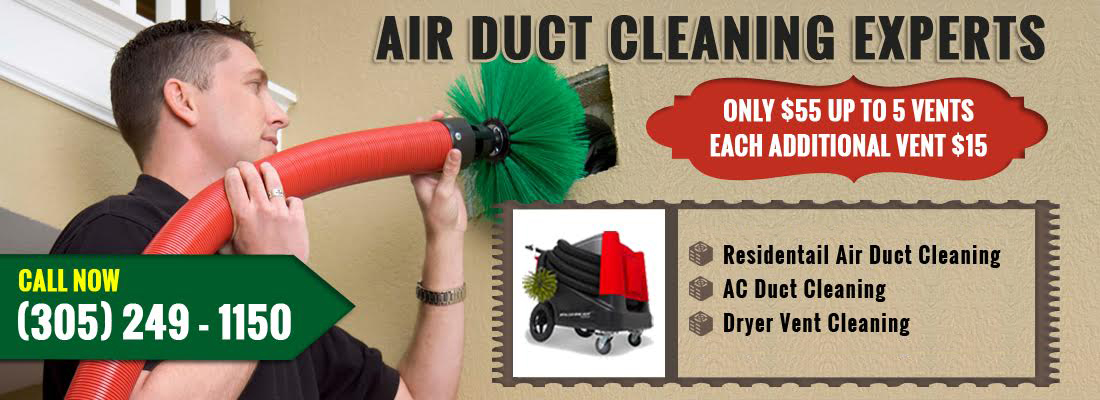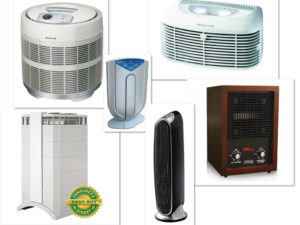Purchasing the Best Air Filters to Help Fight Allergies
Are you a victim of sneezing and sniffing during the allergy season? Well, changing your filter into the right one can help you improve on the air quality of your home and by extension ease your allergy symptoms. That said, deciding the right filter to buy can be very tricky. To start you off, below are some key insights that can help you when out shopping.
Traditional Fiberglass Filters
These are arguably one of the oldest type of filters. They are also referred to as flat panel filters. Though they do not look fancy, they are relatively affordable and do not restrict air flow in your system compared to the others.
When it comes to trapping allergens, flat panel filters do not perform that well. They capture about 10% of the pollutants in your home. They are best suited for homes that do not experience severe allergies.
Pleated Fiberglass Filter
The advantage of these filters is that they have a larger surface area that enables them to filter over 45% of allergens in your home. They can filter dust mites, pollen, pet dander among other pollutants. You can even find some pleated filters made of electrically charged materials that attract pollutants with ease.
The downside with pleated fiberglass filters is that they are expensive and can restrict air flow through your HVAC system. What this means is that your system will have to work extra harder thereby becoming difficult to save on energy.
High-Efficiency Particulate Air Filters
Abbreviated as HEPA filters, these are good as they can remove up to 98% of air pollutants in your home. However, they are extremely thick hence require an extra fan to help push air through them. Because of this, HEPA filters have to be incorporated into the whole house filtration system.
Such filtration systems can trap particles up to 0.1 micron in size. HEPA filters are the most expensive in the market today, but they have the biggest impact on air quality improvement.
Before you finally decide on the type of air filter to buy, think about the clean air delivery rate (CADR). This is basically a measure of the effectiveness of air cleaning appliances. The higher the CADR, the more effective the filter in cleaning your indoor air. For instance, a typical room HEPA appliance has a CADR of 150 while a standard one-inch filter has a CADR of 12.
Keep in mind that having an air filter is just, but one of the approaches you can use to fight allergies. For the best results, have a multi-approach that involves adding some tips such as keeping pets off furniture, washing clothes in super-hot water, and vacuuming your indoor space.


Comments
Purchasing the Best Air Filters to Help Fight Allergies — No Comments
HTML tags allowed in your comment: <a href="" title=""> <abbr title=""> <acronym title=""> <b> <blockquote cite=""> <cite> <code> <del datetime=""> <em> <i> <q cite=""> <s> <strike> <strong>